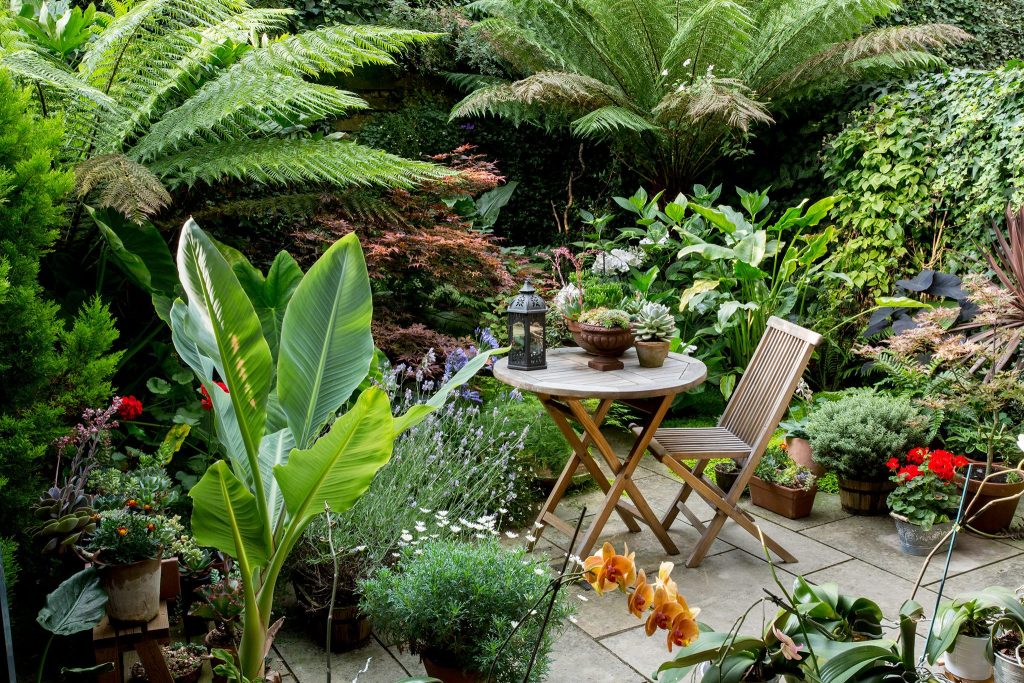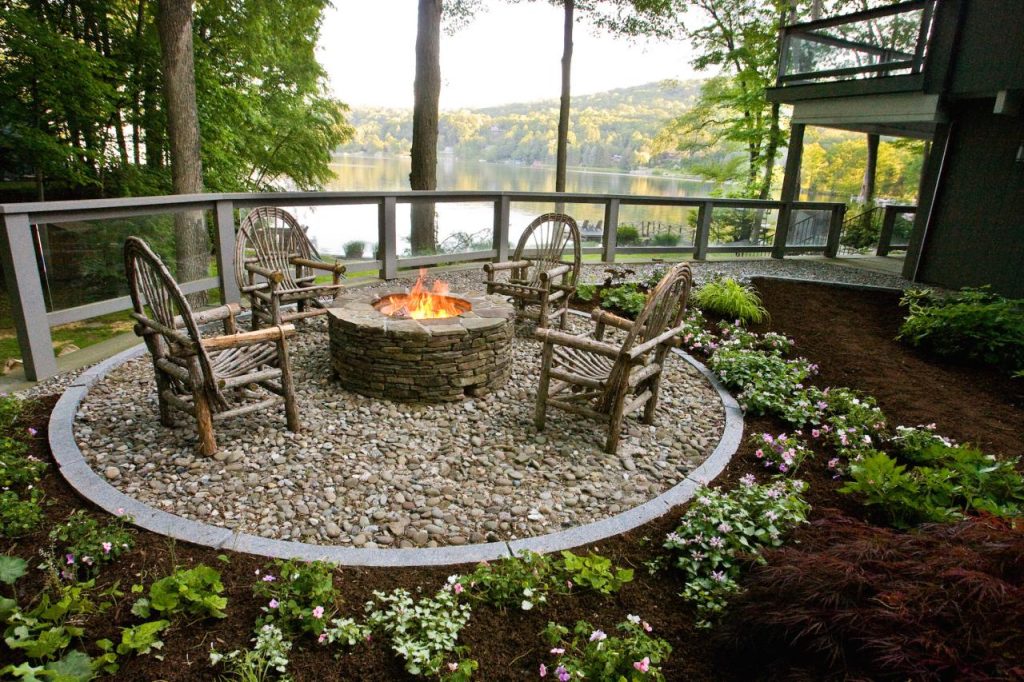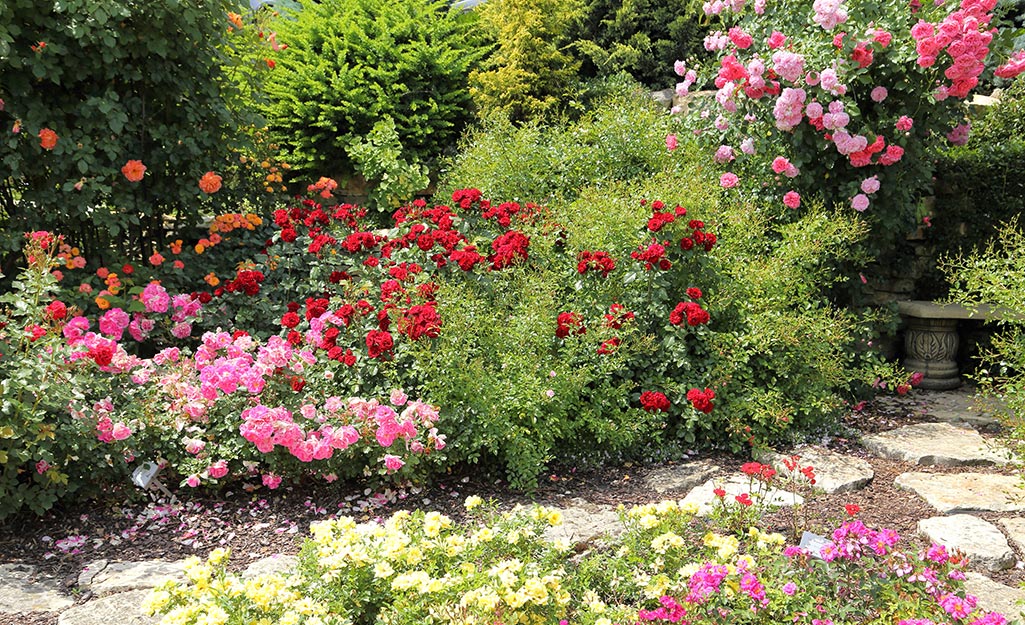The Top 10 Garden Tips for a Successful Garden
Introduction: Climate change is real and it’s coming for your garden. When the weather becomes too hot or cold for your plants to grow, you have to plan accordingly. If you don’t, you may have to move them out of their desired climate or even completely redesign your garden. With so many changes potential in temperature, there are a lot of variables to consider when designing a garden. Thankfully, we’ve put together this guide to help you plan for climate change in your garden—whether it’s during the summer or winter.
Climate Change Affects Your Garden.

Climate change can affect your garden in a number of ways. For example, changing temperatures can cause plants to flower or die, lead to changes in the soil’s chemistry, and make it harder for bees and other insects to thrive. In order to climate change your garden as safely and predictably as possible, be sure to take these measures:
• research the climate in your area before planning your garden – doing so will help you plan for potential changes in temperature.
• plant plants that grow best in warm climates or areas with low humidity levels; these plants will not thrive in cold or drier environments.
• adjust watering schedules accordingly; if you water plants twice a day rather than twice a week, they’ll need less water during the summer months when temperatures are high, but more during winter when they’re low.
How to Climate Change Your Garden.

Climate change can cause different types of plants and flowers to grow at different speeds, which can result in a Garden that is too hot or too cold. To climate change your garden, you will need to:
– Plant the right type of plant in the right spot
– Water the plants regularly and regularly adjust the temperature
– Remove dead leaves and debris from around the plants to make them more comfortable
– Add compost to the soil to help the plants grow
How to Climate Change Your Garden Part 2.
In order to climate change your garden, you will need to do the following:
– Start by planting a variety of plants in different spots around the property
– Water the plants regularly and adjust the temperature
– Remove dead leaves and debris from around the plants
– Add compost to the soil to help the plants grow
How to Climate Change Your Garden.

Climate change can affect any type of garden, whether it’s in the summer or winter. To climate change your garden, you first need to know how to climate change your plants. In order to do this, you need to understand how temperature affects plants and what steps you need to take in order to keep your plants in check.
In order to climate change your plants, you first need to understand how temperature affects plants. Temperature affects plant growth by changing the water and air temperatures around them. This can cause the leaves of a plant to become green or brown, and can also cause the flowers on a plant to get bigger or smaller. Additionally, because temperature affects plant growth differently in different parts of the world, it can have an impact on the way that a garden is watered and cared for. For example, if you have a hot weather garden in the summertime but they are cold during the wintertime, you will need to adjust your watering schedule accordingly.
You can use these tips in order to climate change your garden:
– Adjusting irrigation schedules so that all of your plants receive the same amount of water every day;
– Fertilizing your garden regularly with nutrients that increase Plant Growth;
– Planting more drought tolerant vegetables near where water is scarce;
– Buying plants that tolerate colder climates well (like violas that grow in cold climates) and planting them near other Hardy Plants;
– Taking care of your garden during the winter months by keeping it frost free and providing proper air circulation.



